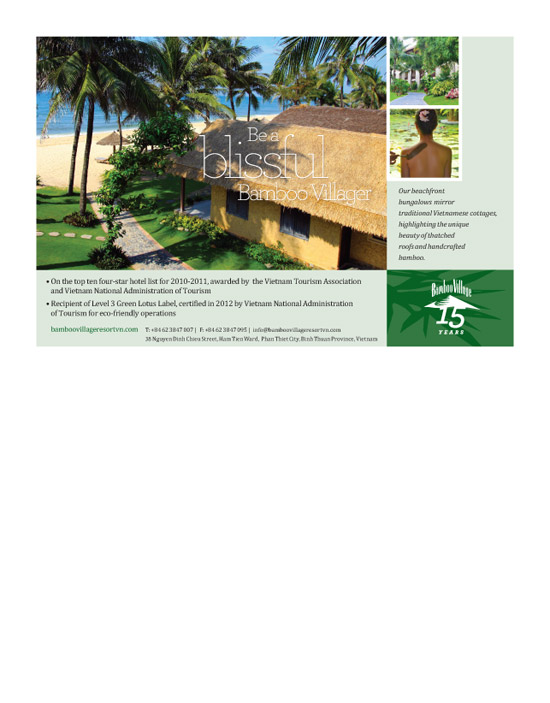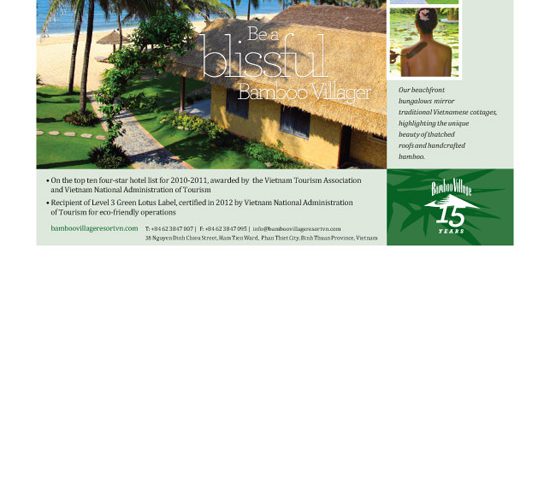(No.5, Vol.3, June 2013 Vietnam Heritage Magazine)
According to Vietnamese media, the last wild freshwater crocodile died in a snare at the Lower Ba River Hydroelectric Plant in Phu Yen Province, South Central Vietnam, in late 2012.
There are bright signs that the individual freshwater crocodile is not the last of its kind. The croc reportedly migrates from Cambodia to Vietnam every year, swimming the currents of the Serepok in flood season. On expeditions, we recorded the presence of freshwater crocodiles on the Serepok River, at Dak Dam Spring (on the Cambodian border), and in Yok Don National Park. Nevertheless, if conservation policies are not enforced immediately, the day on which they will truly disappear is fast approaching.
In 1998, Professor Cao Van Sung led a team to assess the then-current state of freshwater crocodiles in Vietnam. I, along with Dr. Steven G. Platt, PhD of the Wildlife Conservation Society, assumed the task of conducting a field investigation in the localities of Lak Lake, Krong Pak Thuong, Krong Pak Ha, Serepok River, Yok Don National Park, Cat Tien National Park, Can Gio Mangrove Swamp, and Ha Lam Pond. The duration of the expedition was one month. We assumed it would go smoothly once we had come into contact with a crocodile at a nursery in Buon Ma Thuot. It had originated from the Serepok River in Yok Don National Park and weighed 6kg. We approached the area where the crocodile was caught, but we didn’t find any because it was the rainy season. Moving over to Lak Lake, data showed that the place was home to a group of up to one thousand freshwater crocodiles. Dr. Platt and I rented a boat and went on a succession of nocturnal expeditions for an week. We then proceeded to Cat Tien and Can Gio, but there was no sign of the reptile. Our last hope was the ‘hotspot’ Ha Lam Pond in Phu Yen Province. Mr Cao Huu Loc, the head of the Branch of Forestry, afforded us the permission papers for the expedition, but no one dared serve as our guide. The information regarding our field expedition on the distribution of freshwater crocodiles – crocodylus siamensis – in Vietnam was later published in ORYX Journal, no. 34, 2000.
In 2005, I was a member of the International Crocodile Society in Vietnam. My connection with freshwater crocodiles propelled me to join expeditions at Ha Lam Pond and the Hinh River Hydroelectric Dam. My companions were Dr. Boyd Simpson PhD, a member of the International Crocodile Society – Cambodia Program, and other members of the Tropical Biology Institute. This was an expedition for which we had high hopes, because investigations revealed quite vivid information about freshwater crocodiles through people’s stories as well as those of local cadres.
The most thrilling story was that of a crocodile who crawled onto the riverbank to lay eggs. It ate half of a peasant’s cow. We approached the site and right away noted fresh traces of the crocodile’s underbelly imprinted on the sandy ground. The ecosystem of Ha Lam Pond had been encroached upon by the planting of lotus and rice. Simpson was ebullient when he discovered crocodile eggshells. With the experience of an expert, he predicted that we would come across a group of juvenile crocodiles. We rented a canoe and proceeded on our nocturnal expedition.
At one point, when we shined the spotlight, we saw two glaring red eyes that looked like scorching coals, but in an instant, they submerged beneath the water. We received information that the Lower Ba Hydroelectric plant was preparing to clear out the lakebed. Ha Lam Pond is linked to Ba River during the rainy season, but becomes isolated during the dry season. Looking at the paradise with its multitude of wooded vegetation and marshy grasslands, we imagined that this ecosystem was in danger of being wiped out.
On the fifth day of the expedition, we failed to gain any new information and our hopes about the group of juvenile crocodiles gradually dwindled. Afterwards, we met for discussions in Ho Chi Minh City with the aim of finding a solution to preserve this species of freshwater crocodile at Ha Lam Pond. Two divergent plans were presented: To conserve them at their original location or to conserve them by relocating them to another site. The first meant to preserve them in their natural habitat. However, concerns were voiced that if the habitat were already lost, would the effort be really plausible? Conserving the crocodiles by relocating them meant to take them to a new habitat, where they could be easily monitored and protected. However, the expense of doing so was an impediment. Several additional conferences were held afterwards, but still no solution to rescue the crocodiles was reached.
The staff at the Lower Ba River Hydroelectric Plant was warned that there were crocodiles living there, but they took no responsibility to relocate the plant. With the ecosystem violated and poachers poised to move in, the outcome can only be that the freshwater crocodiles at the Lower Ba River Hydroelectric Plant’s lake will perish in human snares.
Clearly, while measures to conserve wildlife through relocation have been effective to some degree, conservation efforts aimed at wildlife preservation in original habitats remain at an impasse, if not in utter failure.
* Mr Ngo Van Tri is an animal researcher at Vietnam Academy of Science and Technology in Hanoi

,,
,,

